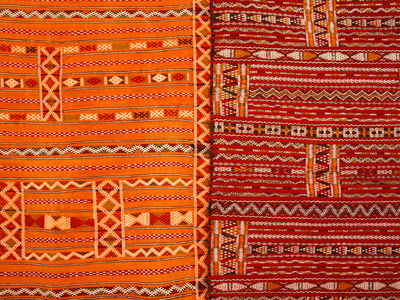
The Industrial Revolution 1
This History quiz is called 'The Industrial Revolution 1' and it has been written by teachers to help you if you are studying the subject at high school. Playing educational quizzes is a user-friendly way to learn if you are in the 9th or 10th grade - aged 14 to 16.
It costs only $12.50 per month to play this quiz and over 3,500 others that help you with your school work. You can subscribe on the page at Join Us
The Industrial Revolution predominantly involved a move to working in factories. The term 'Industrial Revolution' refers to the changes that occurred in Britain between about 1750 and 1900.
See how much you know by trying our first History quiz on the Industrial Revolution.
Ready for more?
not all...
quizzers. Try to win a coveted spot on our Hall of Fame Page.







